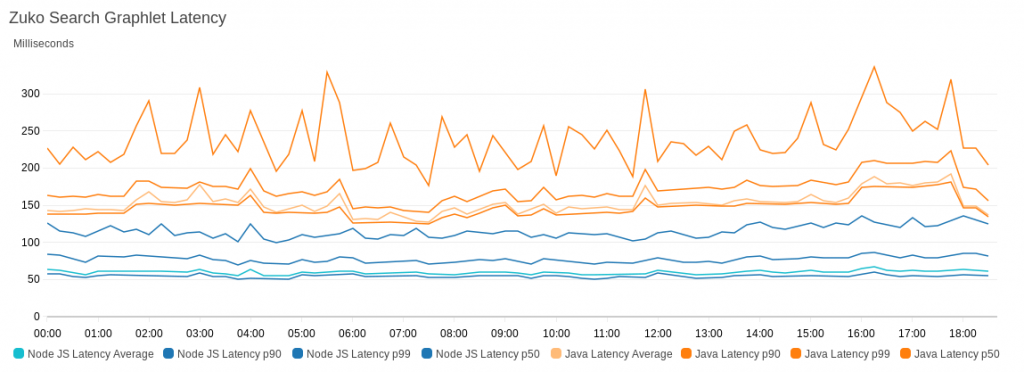AWS Compute Blog
Category: AWS X-Ray
AWS Lambda introduces recursive loop detection APIs
This post is written by James Ngai, Senior Product Manager, AWS Lambda, and Aneel Murari, Senior Specialist SA, Serverless. Today, AWS Lambda is announcing new recursive loop detection APIs that allow you to set recursive loop detection configuration on individual Lambda functions. This allows you to turn off recursive loop detection on functions that intentionally use […]
Monitor Amazon SNS-based applications end-to-end with AWS X-Ray active tracing
This post is written by Daniel Lorch, Senior Consultant and David Mbonu, Senior Solutions Architect. Amazon Simple Notification Service (Amazon SNS), a messaging service that provides high-throughput, push-based, many-to-many messaging between distributed systems, microservices, and event-driven serverless applications, now supports active tracing with AWS X-Ray. With AWS X-Ray active tracing enabled for SNS, you can […]
Debugging SnapStart-enabled Lambda functions made easy with AWS X-Ray
This post is written by Rahul Popat (Senior Solutions Architect) and Aneel Murari (Senior Solutions Architect) Today, AWS X-Ray is announcing support for SnapStart-enabled AWS Lambda functions. Lambda SnapStart is a performance optimization that significantly improves the cold startup times for your functions. Announced at AWS re:Invent 2022, this feature delivers up to 10 times faster function startup times for […]
Introducing AWS Lambda Powertools for .NET
CloudWatch and AWS X-Ray offer functionality that provides comprehensive observability for your applications. Lambda Powertools .NET is now generally available. The library helps implement observability when running Lambda functions based on .NET 6 while reducing the amount of custom code.
Simplifying serverless best practices with AWS Lambda Powertools for TypeScript
This blog post is written by Sara Gerion, Senior Solutions Architect. Development teams must have a shared understanding of the workloads they own and their expected behaviors to deliver business value fast and with confidence. The AWS Well-Architected Framework and its Serverless Lens provide architectural best practices for designing and operating reliable, secure, efficient, and cost-effective […]
Monitoring and tuning federated GraphQL performance on AWS Lambda
There are multiple factors to consider when tuning a federated GQL system. You must be aware of trade-offs when deciding on factors like the runtime environment of Lambda functions. An extensive testing strategy can help you scale systems and narrow down issues quickly. Well-defined testing can also keep pipelines clean of false-positive blockages.
Operating serverless at scale: Implementing governance – Part 1
Having visibility on your AWS resources is the key to operating and growing successfully. In this first part of this series on serverless governance, I describe how you can get this visibility by using tags to organize and group your resources, and ease the search and management of related resources.
Building well-architected serverless applications: Optimizing application performance – part 1
This series of blog posts uses the AWS Well-Architected Tool with the Serverless Lens to help customers build and operate applications using best practices. In each post, I address the serverless-specific questions identified by the Serverless Lens along with the recommended best practices. See the introduction post for a table of contents and explanation of the example application. PERF 1. Optimizing […]
Operating Lambda: Isolating and resolving issues
This blog post outlines a general approach to debugging Lambda performance issues and errors. This provides a repeatable process for isolating and resolving problems in your serverless workloads. Using the walkthrough of the Coffee Lookup application, I show how to reproduce a production bug, isolate the cause of errors, and then isolate the performance issue.
ICYMI: Serverless Q1 2021
All the feature launches, blogs, videos, tech talks and more happenings from the AWS Serverless service teams in Q1 2021.









